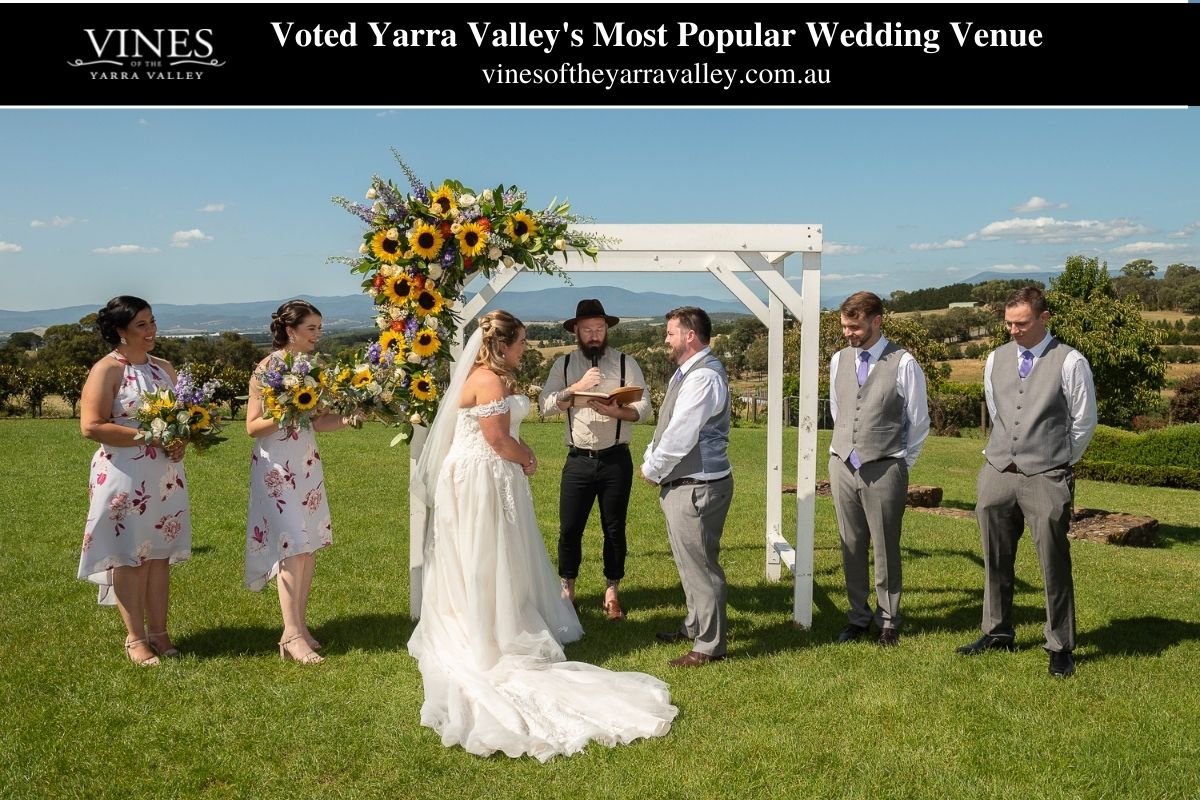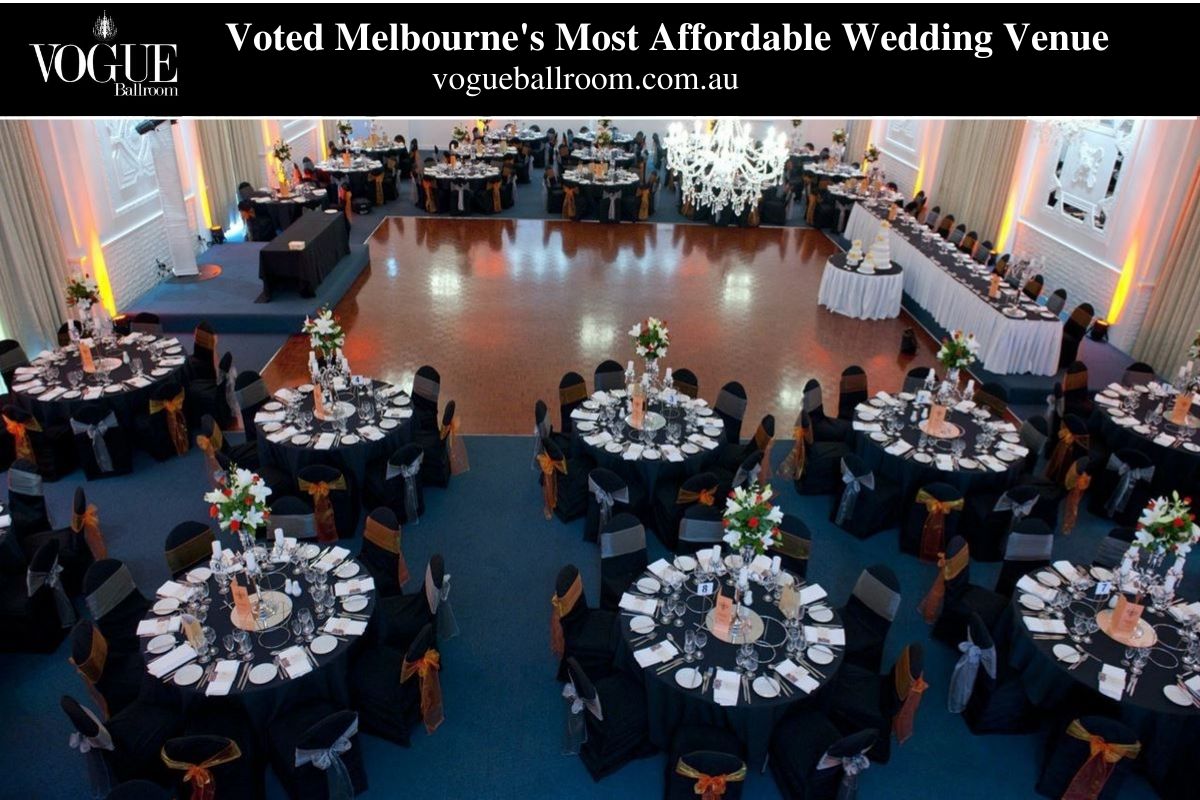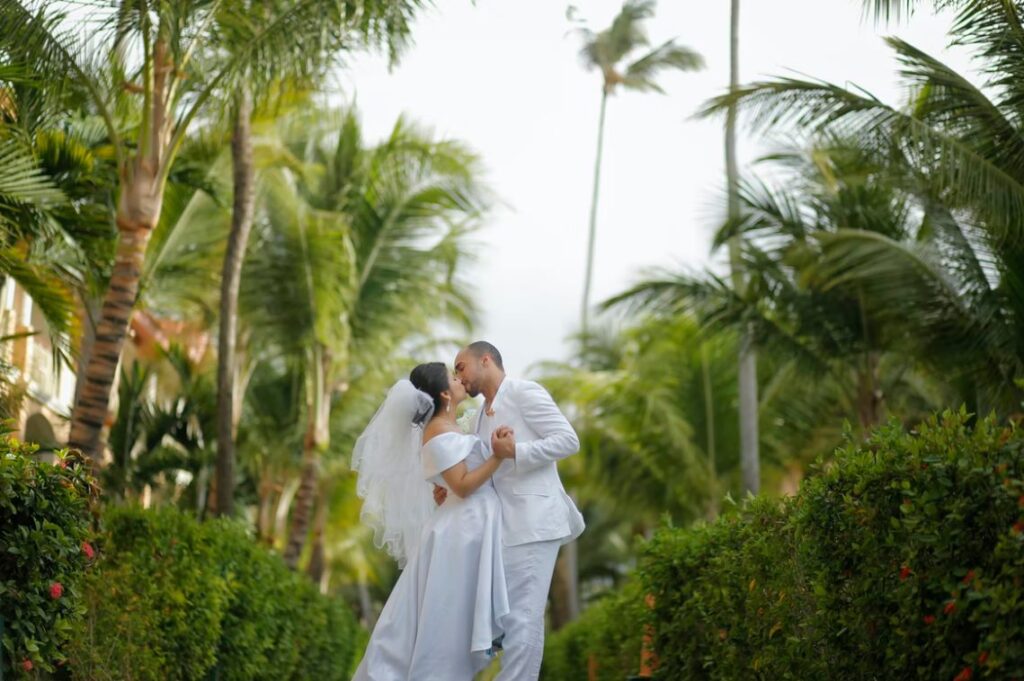Some married couples still adhere to age-old rituals, but their origins remain a mystery. What do they actually signify, and do we still need them in the modern world? Learn some interesting and even surprising facts about wedding rituals and customs by reading on!

Something Old, Something New
This well-known proverb originates from an old English rhyme and advises the bride to incorporate four items into her bridal attire as lucky charms.
The full text of the first known use of this adage is as follows;
“Something Olde, Something New, Something Borrowed, Something Blue, A Sixpence in your Shoe”
These gifts of affection have various meanings and are typically given to you by your mother, sister, or other close relatives. A gesture to the future and the joy it will bring with something new, while something old represents continuity and the promise for stability. Anything blue represents love and faithfulness, whereas something borrowed represents happiness and virtue that you've borrowed. Last but not least, the most out-there addition is a sixpence placed in your shoe as a wish for prosperity and luck. This practice is uniquely British and is often overlooked in other countries.
Put A Ring On It
Many couples nowadays still follow the age-old custom of exchanging engagement and wedding rings. Almost everyone knows that they go on the fourth finger on the left hand, but why is that? Reason being, an old wives' tale suggested a vein in that finger actually connected to the heart.
Wedding Veils
Veils have been a traditional part of women' bridal attire ever since the ancient Greeks and Romans, who thought that they warded off evil spirits with their presence. The tradition of the groom raising the bride's veil is an old one, and it represents the groom's symbolic "ownership" of his wife as his lover or his property. It can also symbolise the 'reveal' of the bride to the groom, who must give his final permission before the wedding can take place. It's a matter of personal choice whether or not a modern bride follows this outmoded custom.

Eternally Bound To Each Other
A literal 'tying of the knot' occurs in some civilizations, including the Hindu, Celtic, and Egyptian wedding ceremonies. After getting married, they have formed a new, unbreakable bond, and this symbolises their undying devotion to one other.
At Vogue Ballroom, we are the wedding experts and can host your special day at our iconic Melbourne wedding venue. Contact us today to find out more.
Conclusion
Some married couples still adhere to age-old rituals, but their origins remain a mystery. Learn some interesting and even surprising facts about wedding rituals and customs by reading on! Something Old, Something New. This well-known proverb originates from an old English rhyme and advises the bride to incorporate four items into her bridal attire as lucky charms. An old wives' tale suggests that a vein in the fourth finger on the left hand actually connects to the heart.
The tradition of the groom raising the bride's veil is an old one, and represents the groom's symbolic "ownership" of his wife as his lover or his property. It can also symbolise the 'reveal' of the bride to the groom, who must give his final permission before the wedding can take place.
Content Summary
- Some married couples still adhere to age-old rituals, but their origins remain a mystery.
- Learn some interesting and even surprising facts about wedding rituals and customs by reading on!
- This well-known proverb originates from an old English rhyme and advises the bride to incorporate four items into her bridal attire as lucky charms.
- The full text of the first known use of this adage is as follows; "Something Olde, Something New, Something Borrowed, Something Blue, A Sixpence in your Shoe" These gifts of affection have various meanings and are typically given to you by your mother, sister, or other close relatives.Last but not least, the most out-there addition is a sixpence placed in your shoe as a wish for prosperity and luck.
- This practice is uniquely British and is often overlooked in other countries.
- Many couples nowadays still follow the age-old custom of exchanging engagement and wedding rings.
- Almost everyone knows that they go on the fourth finger on the left hand, but why is that?
- Reason being, an old wives' tale suggested a vein in that finger actually connected to the heart.
- Veils have been a traditional part of women' bridal attire ever since the ancient Greeks and Romans, who thought that they warded off evil spirits with their presence.
- The tradition of the groom raising the bride's veil is an old one, and it represents the groom's symbolic "ownership" of his wife as his lover or his property.
- It can also symbolise the 'reveal' of the bride to the groom, who must give his final permission before the wedding can take place.It's a matter of personal choice whether or not a modern bride follows this outmoded custom.
- A literal 'tying of the knot' occurs in some civilizations, including the Hindu, Celtic, and Egyptian wedding ceremonies.
- After getting married, they have formed a new, unbreakable bond, and this symbolises their undying devotion to one other.
FAQs About Wedding
Tossing the Garter This custom was first practised in the United Kingdom and France. In the past, it was common for wedding guests to try to steal a swatch of the bride's dress as a symbol of good fortune, leaving the bride anxious and on edge throughout the entire ceremony.
The anniversary dance, often known as the bouquet dance, is another enjoyable dancing-related custom (and substitute for the bouquet toss). Again, all the married couples are beckoned to the dance floor as a slow love song is played.
The tradition of smashing wheat cakes over the bride's head to ensure her fertility and piling them as high as possible as a symbol of good fortune is the origin of the modern wedding cake.
The tradition of providing guests with mementoes to commemorate special occasions dates back centuries. These days, many newlyweds opt to shower their guests with five sugared almonds, each representing health, riches, fertility, happiness, and longevity.
Arranged weddings, which include this custom, have been around for a long time. Once engaged, the husband would not be allowed to see his bride until the wedding day. This is because there was a potential he might not consent to marry her if he didn't find her attractive.

